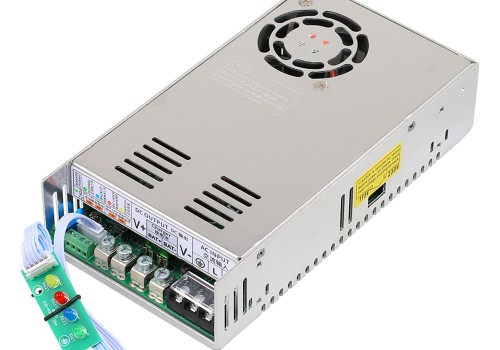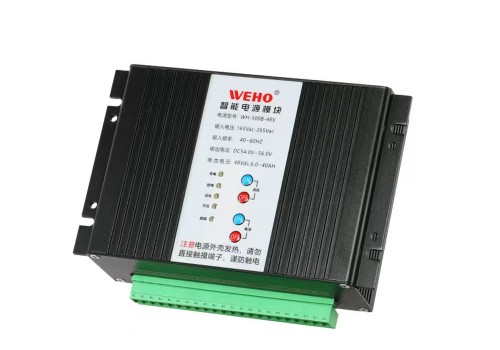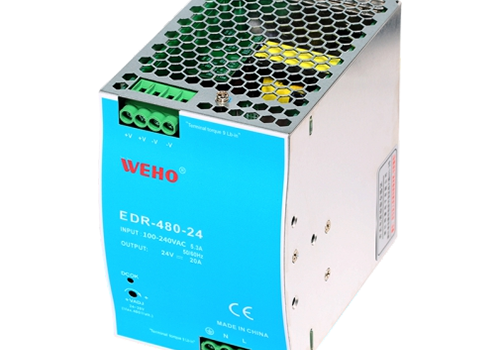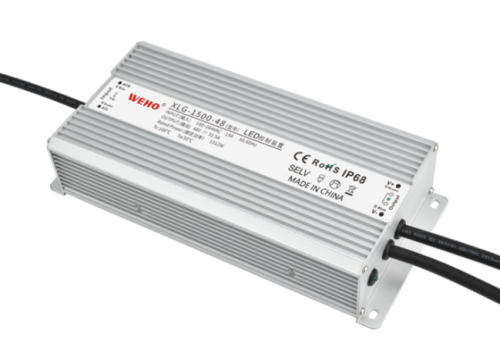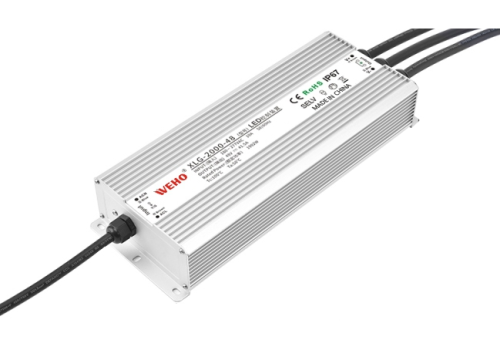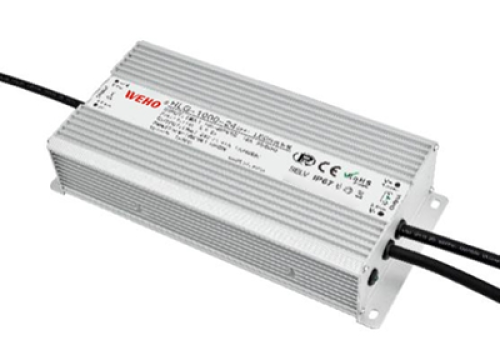Power supplies are essential components that convert and regulate electrical energy to power various electronic devices and systems. Whether you are an engineer working on power supply design or someone interested in understanding how electronic devices receive stable power, knowing the key stages of a power supply is fundamental. This article explores the four main stages of a power supply, explains its working principles, and discusses different types of power supplies. Along the way, relevant concepts like power supply schematic, components of power supply, and power supply diagram circuit will be introduced to provide a comprehensive understanding.
What is a power supply and power supply units?
A power supply is an electronic device or unit designed to convert electrical energy from one form to another while ensuring a stable and usable output voltage and current. Power supply units (PSUs) serve as the backbone of any electronic system, providing consistent power to circuits and components. Most commonly, power supplies convert alternating current (AC) from the mains into direct current (DC), which electronic components require. The design of power supplies varies depending on the application, but all include essential parts such as transformers, rectifiers, filters, and regulators.
Learn More: Class 2 vs Class II Power Supply
The 4 stages of power supply
Understanding the power stages of a power supply is critical in both schematic design and practical application.
| Stage | Function | Key Components | Notes |
|---|---|---|---|
| Input Stage | Receives raw AC or DC power and protects the circuit | Fuses, filters, surge protectors, EMI filters | Filters out noise and prepares input for conversion |
| Conversion Stage | Converts AC to pulsating DC (or DC to another DC level) | Rectifiers (diodes), capacitors, inductors | Converts and smooths voltage using filtering components |
| Regulation Stage | Maintains constant output voltage regardless of input/load variations | Linear or switching voltage regulators | Ensures stable and clean output for sensitive components |
| Output Stage | Delivers the final regulated power to the load or system | Additional filters, current limiters | May include protection against overcurrent and additional voltage noise |
Input Stage
The input stage accepts raw electrical input, usually AC voltage from the mains power source. This stage often includes protective components such as fuses or circuit breakers to prevent damage from overcurrent or faults. Additionally, filters are used to reduce electromagnetic interference and noise. For AC to DC power supplies, this stage also involves the initial conversion process where AC is prepared for rectification.
Conversion Stage
The conversion stage is where the AC voltage is transformed into DC voltage. This process involves rectifiers, typically diodes arranged in half-wave or full-wave configurations, to convert the alternating current into pulsating direct current. Since this output is not smooth, filtering components like capacitors and inductors are employed to reduce voltage ripple, producing a more stable DC voltage. In advanced power supply designs, this stage might also include DC-DC converters to adjust voltage levels according to circuit requirements.
Regulation Stage
Voltage regulation is vital for providing a consistent output regardless of changes in input voltage or load conditions. This stage uses voltage regulators, which can be linear or switching types. Linear regulators provide a clean and low-noise output but can be less efficient, while switching regulators offer higher efficiency and are more compact but may introduce some electrical noise. Proper regulation protects sensitive electronic components and ensures device longevity.
Output Stage
The output stage delivers the final, stable voltage to the load or device. It often includes additional filtering to minimize any remaining noise or ripple. Some power supplies feature current limiting or protection circuits in this stage to prevent damage from overloads. The output stage’s quality directly affects the performance and reliability of the powered device.
Conclusion
Knowing the four stages of a power supply—input, conversion, regulation, and output—is fundamental for anyone working with electronics or power supply design. These stages transform raw electrical energy into stable, regulated power suitable for sensitive electronic devices. By understanding the components and power stages involved, engineers and technicians can design better power supply schematics, improve device reliability, and troubleshoot power-related issues effectively. Whether you are working on an AC to DC power supply or exploring different types of power supply designs, mastering these concepts is essential for success.



